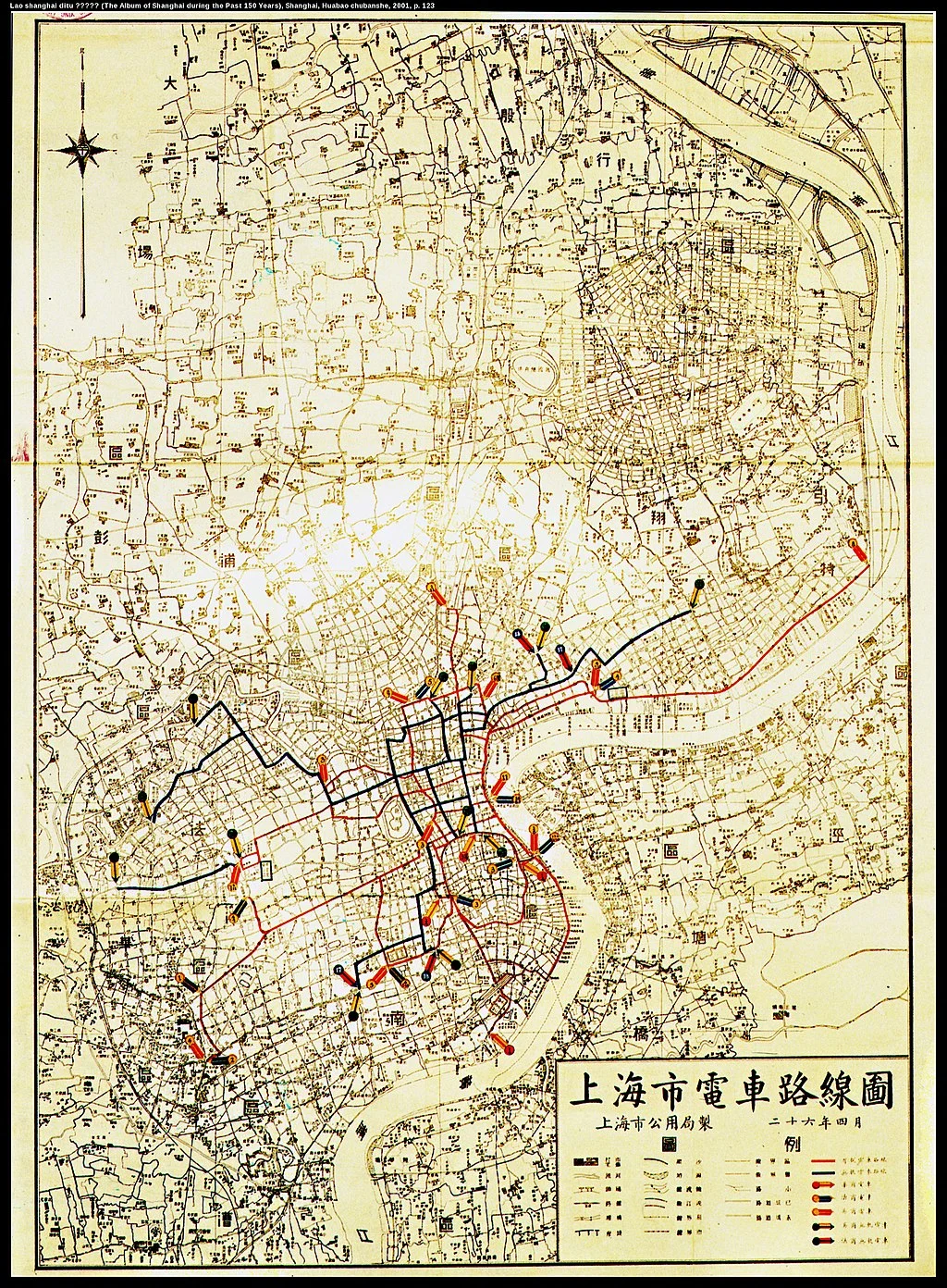中国自中共实行改革开放以来,经济得到了迅速的恢复和发展,从而使得中国成为世界第二大经济体。这个客观事实非常具有迷惑性,让很多人误以为中共对中国经济的发展是有突出贡献的,甚至还有人进一步得出“如果没有中共今天的中国祇会和印度差不多”的结论,以呼应中共充满邪教意味的宣传口号,所谓“祇有共产党才能救中国”。但是事实真的如此吗?
要探讨这个问题,就不得将中共掌权前后的中国拿出来与周边国家横向对比而非纵向对比,这样才能排除时代和科技的因素,最为客观地得出结论。当然,考虑到中国国土面积辽阔,各地发展差距较大的问题已经是成百上千年的历史,若用整个大中国与周边那些小国乃至城市去比较,确实不太公正。因此,为了公平起见,本文仅用中共掌权前和掌权后的今天都是总合来讲经济最为发达的上海一地来和其他国家或城市对比,尽量避免其他干扰因素。
中共掌权前的上海,特别是被日本占领前的上海,到底是什么样子呢?中华民国大陆时期的上海是当之无愧的远东第一大都市,有东方巴黎,十里洋场的美誉,是亚洲第一的金融和商贸中心,也是亚洲最国际化,最多元化的城市,在文化和艺术方面的成就更是世界前例。
纽约时报上登载的介绍上海历史的文章是这样描述那时的上海:
In its heyday, Shanghai was the place to be-- it had the best art, the greatest architecture, and the strongest business in Asia. With dance halls, brothels, glitzy restaurants, international clubs, and even a foreign-run racetrack, Shanghai was a city that catered to every whim of the rich. But poverty ran alongside opulence, and many of the lower-class Chinese provided the cheap labor that kept the city running. The Paris of the East became known as a place of vice and indulgence.
(大意:上海有亚洲最好的艺术,建筑以及商业,还拥有舞厅,国际俱乐部,奢华的餐厅乃至赛马场等一系列新潮的玩意。但同时,上海也有很多穷人,他们为上海提供者廉价的劳动以维持城市的运转。)
拥有新加坡国立大学历史学位的Ching Yee Lin也对那时上海的繁华有如下描述:
Standing at the crossroads of influences from the east and the west, Shanghai in the1930s was best remembered because of its vibrant nightlife. In this city that never slept, there were hundreds of cabarets, nightclubs, and elite ballrooms. Perhaps the most famous of all was The Paramount, an elite nightclub that attracted Shanghai's rich and famous. Built in1933, the Art Deco landmark was the biggest ballroom in the city situated at the iconic Bubbling Well Road. While its English name paid tribute to its colossal size, its transliterated name in Mandarin read as Bai Le Men, meaning Gateway to100 Pleasures.
In the spirit of innovation, inclusiveness, and commercialism, being Haipai included embracing new forms of Western-style consumerism and mass entertainment. Unlike their more conservative comrades in other parts of China, Shanghailanders were known to enjoy urban life and all that it had to offer. They frequented department stores, enjoyed reading novels and magazines, and reinvented traditional opera performances. Therefore, they became the main target audience of mass advertising.
上海更是在1908年就开通了第一条电车路线,而纽约的第一条地铁开通也不过是1904年。在战争前夕,1937年的上海已经开通了多条市内电车路线,以满足市民的日常出行。

作为当时亚洲第一的金融和商贸中心,上海更是早在1860年代就开始了股票交易,随后在1891就有了股票经纪人协会。在几十年的发展中,上海的金融市场可交易的品类繁多,在民国时期就已经可以交易股票,期货,债券乃至外汇等。可惜的是,被中共统治了几十年的中国人在几十年后再次看到这些东西时,已经显得非常惊讶和新奇。

















